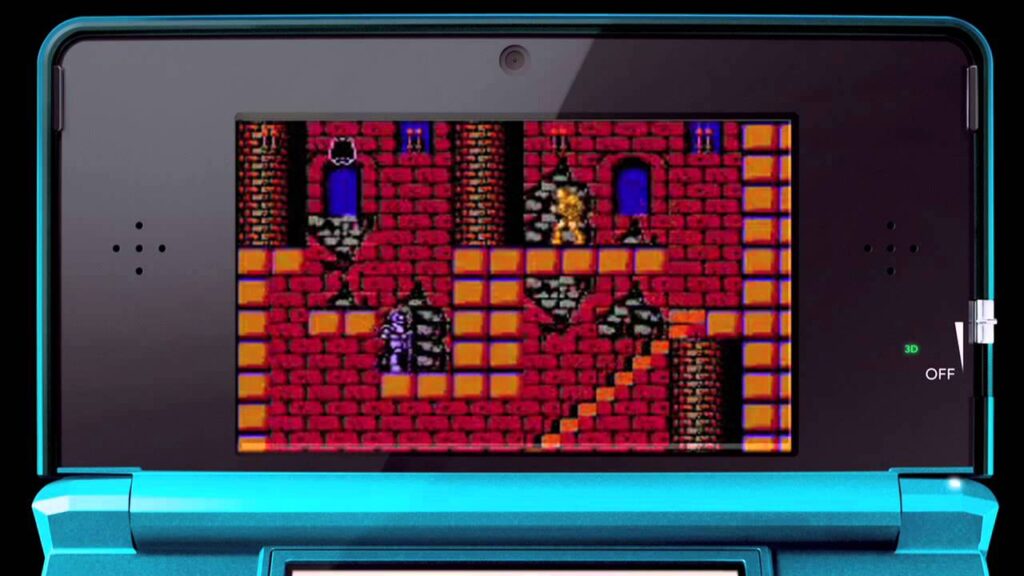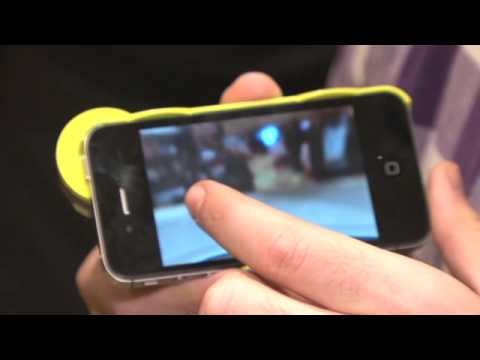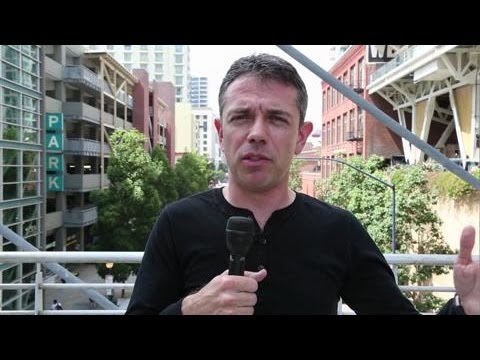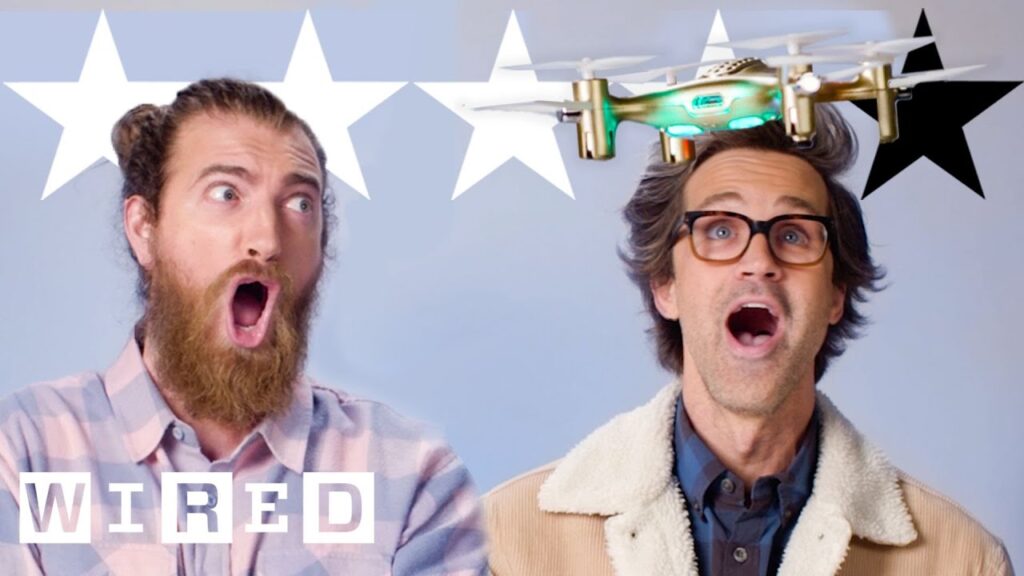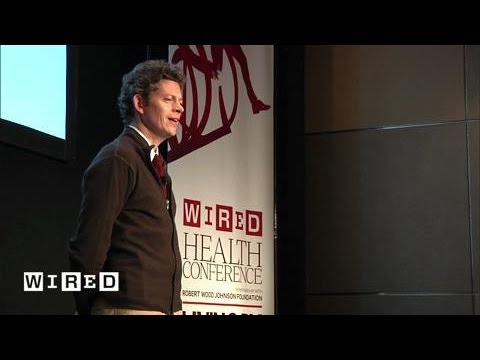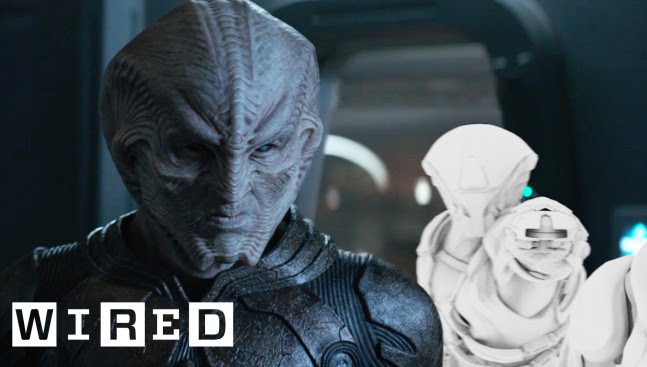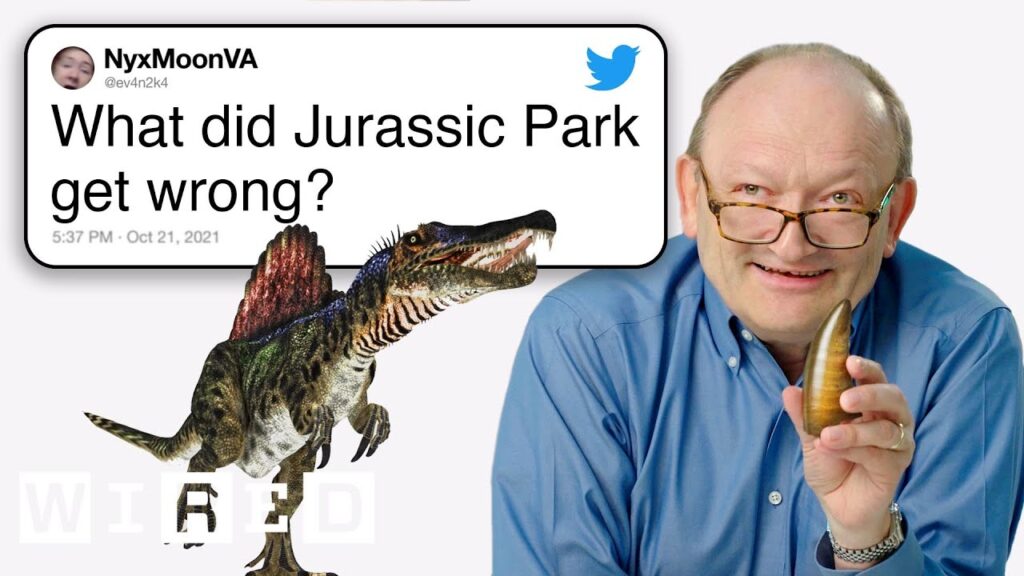Master of Monster Masks: The Art of Giordu Giordano
Summary
Giordu Giordano is a master of mask making, a craft he has been refining since he was a child. He is an expert in bringing creatures to life through his designs for movies, television, and video games. In this Q&A session, he shares his creative process, which involves sketching, sculpting, molding, and painting. Giordu’s work ranges from whimsical to realistic and he has influenced a generation of mask makers who have learned from his example.
Table of Contents
- Sketching and Defining Creature Shapes
- Sculpting with Water-Based Clay
- Molding and Casting Masks
- Painting and Final Touches
- Giordu’s Influences and Legacy
Introduction
Giordu Giordano’s work in mask-making has been prominently featured in many movies, TV shows, and video games throughout his career. Aside from developing his creations for media, he is well-known in the mask-making community as a mentor and a role model for aspiring mask makers. In this Q&A session, Giordano will share his creative process in designing and bringing to life his creatures, and discuss the inspiration that fuels his passion.
Sketching and Defining Creature Shapes
Q: Can you draw something on the fly for us?
A: Sure, why not? The first step for me is laying down geometric shapes and large forms to achieve the desired look. Some gill shapes, perhaps? I sketch out my ideas and then refine them with more precision. Pencils lay down the rough layout while inking provides the specificity of the look. My sketch may not exactly capture the requested creature, but it gives an idea of the feel I’m aiming for.
Q: Can you explain how you create characters that are “monsters”?
A: Monsters represent a powerful being that can be dealt with very directly. David slayed Goliath, King Kong fell off a tall building. This is a fantasy because rooting out evil in real life is much more complex and difficult. Monsters are something concrete that can be dealt with and then disappear. The whole point is to bring out the most and the best character possible in my designs.
Sculpting with Water-Based Clay
Q: Can you walk us through the sculpting process?
A: Sure, in order to start the sculpting process, I take water-based clay and start building up a face shape out of my imagination. I usually establish unusual features and I add intricate details to them. One fascinating aspect of creating is that it often leads me into a zen mode where time seems to pass very quickly, and I become lost in the process.
Q: What kind of tools do you use while sculpting clay?
A: Clay is the primary tool for sculpting, and I use an enormous amount of it. I order several hundred pounds of clay every month. I build up the form of my sculpture with a plastic sphere to establish the shape of the eyeball. This will then be molded to make a clean shape. I experiment with teeth and twisted horn shapes, then move on to additional detailing to give the mask character.
Molding and Casting Masks
Q: How do you transform your sculptures into masks?
A: After sculpting, I layer plaster on top of the sculpture and create a mold out of it. Afterward, I pour latex into the plaster mold to create the final mask shape. The final look of the mask can vary greatly, depending on the paint and additional details that come afterward.
Q: What was the first professional film you ever worked on?
A: The first film I worked on was “The Bride of Reanimator.” It wasn’t a great movie, but no matter what movie it was, I always enjoyed making the masks.
Painting and Final Touches
Q: Can you explain your process for painting and adding the final touches to your masks?
A: I always start with a base color in acrylic paint then brush it on very simply with a big chip brush. The colors I choose and the base colors can be anything depending on the desired effect. Then, I often do the spattering process where I take a thinned-down acrylic in, a cut-down chip brush, and spatter the color on to create a more convincing, subtle texture. The airbrush is the tool I use to create fine mists of paint, and it can make extremely detailed, realistic character looks. For realistic characters, I create layers and layers of color and blend them. Lastly, I use an epoxy mixture to create a natural wet look for the eyes, mouth, and nose as a final touch.
Q: Can you tell us about the differences between the masks you create that are whimsical versus realistic?
A: Whimsical characters allow for more creative freedom to add interesting colors and textures. In contrast, realistic characters require layers of color and blending to make the masks look as sentient as possible.
Giordu’s Influences and Legacy
Q: What influenced your passion for monster masks?
A: I grew up in the 1970s and the early 1980s when latex masks were becoming a competitive art form. I wanted to know how these things were made from a very early age, and I began making latex masks myself when I was 14. I was hooked on the craft and later began working with professional mask-making companies throughout the United States.
Q: What is the most gratifying aspect of your work?
A: It’s really cool to be well-known among the mask-making community at large. But the most gratifying thing is knowing that I’ve influenced a generation of mask makers who are doing their work based on my creativity. There are numerous young mask makers who are doing their own extraordinary thing based on my inspiration.
Conclusion
Giordano’s passion for creating monsters is both complex and simple. Creating a new life form, and breathing enough life into it that other people believe it, is the most exciting thing in the world for him. Through his designs for movies, television, and video games, he has dedicated his life to mask-making and has influenced many young artists with his work.
